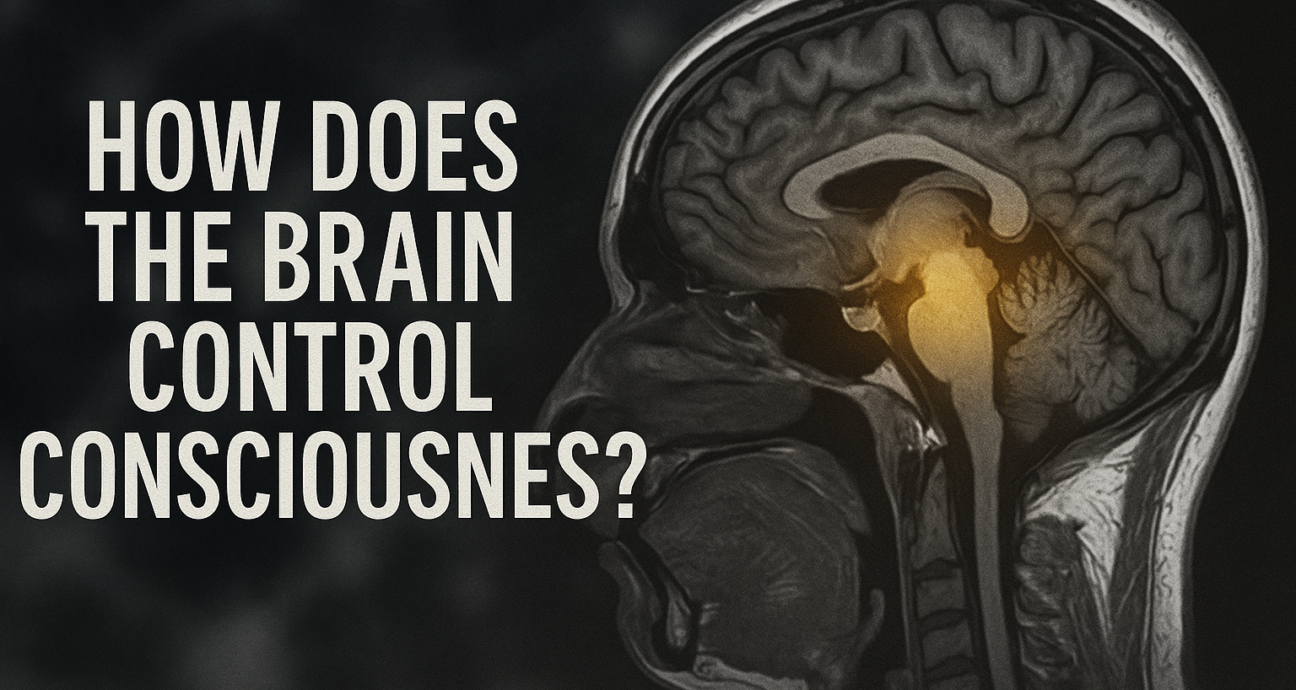Discovering Consciousness: Deep Brain Structures Come to the Fore

For the first time, neuroscientists have observed how deep brain structures are activated when they become aware of their own thoughts, a phenomenon known as conscious perception.
Although our brains are constantly receiving information through sight, hearing, and other sensations, only a small fraction of this data reaches our consciousness — for example, when we notice the taste of chocolate or hear someone call our name. For a long time, researchers associated this awareness mainly with the cerebral cortex – its outer layer. But what happens in the deeper realms?
Studying these internal structures has always been challenging due to the need for invasive procedures and the difficulty of creating reliable animal models. However, exploring these areas could greatly expand our understanding of consciousness beyond the surface of the brain.
“Consciousness research has been a source of skepticism for a long time,” says Liad Mudryk, a neuroscientist at Tel Aviv University. “But advances in scientific methods now make it possible to study this phenomenon in a more systematic way.”
Thalamus: The Central Player in Awareness
The new study, published in the journal Science by a team led by Mingsh Zhang of Beijing Normal University, focused on the thalamus, the central region of the brain known for sensory data management and working memory. For a long time, it was assumed that it is the thalamus that is involved in what we are aware of.
The study involved patients who were being treated for chronic headaches. They were implanted with thin electrodes deep in the brain — a rare opportunity for scientists to track neuronal activity in real time while performing tasks that require conscious perception.
Subjects were shown flickering icons on a screen and asked to move their eyes in a certain way depending on whether they saw the icon or not. The visual stimulus was designed to be consciously perceived about 50 percent of the time, which made it possible to measure the brain’s response to both conscious and unconscious processing.
Coordinated response
The results were impressive. When participants were aware of the icon, activity in the thalamus and prefrontal cortex not only increased, but also occurred earlier — especially in the thalamus. These signals were also synchronized between the two regions, suggesting that the thalamus may play the role of a “gatekeeper” to control which thoughts and perceptions enter consciousness.
“This level of coordinated activity between regions is rare,” says Christopher White, a neuroscientist at the University of Sydney. “These are the first-ever real-time recordings in humans during tasks directly related to consciousness.”
Confirmation on animals
These results are consistent with previous animal studies. In 2020, it was shown that when mice detect weak whisker movement, activity in the cerebral cortex is associated with projections to deeper areas, such as the thalamus. This pattern points to a broader and more interconnected system underlying conscious experience.
Mudryk calls the new study “one of the most detailed studies of the role of the thalamus in consciousness,” although he notes that it is not yet clear whether the recorded activity reflects a true experience of consciousness or an increased focus on stimuli.
What’s next?
Zhang’s team plans to expand the research by recruiting more participants and conducting more detailed experiments on macaques to better understand how consciousness arises from neural circuits.
The thalamus, which was once thought to be only a station for transmitting information, is now emerging as a potential clue to one of science’s most puzzling questions: how the brain is aware of itself.
